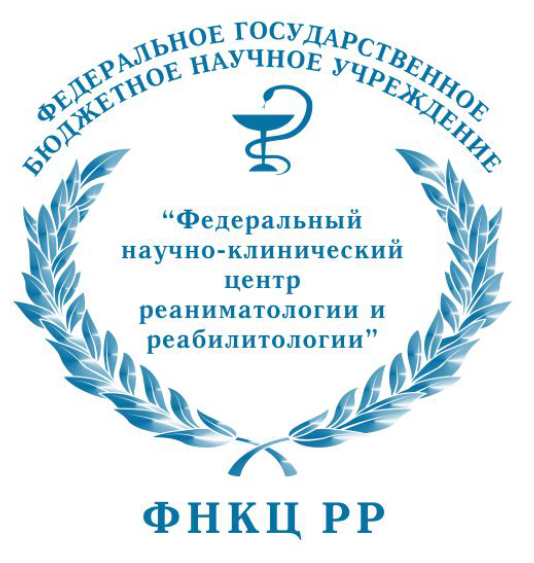
|
ИСТИНА |
Войти в систему Регистрация |
ФНКЦ РР |
||
Применение методов машинного обучения для эффективной настройки работы алгоритма эволюционной оптимизацииНИР
Application of machine learning methods to effectively tune the evolutionary optimization algorithm
- Руководитель НИР: Чесалин Д.Д.
- Подразделение: Лаборатория физико-химии биологических мембран
- Срок исполнения: 3 марта 2025 г. - 31 декабря 2026 г.
- Номер договора (контракта, соглашения): 25-21-00375
- Тип: Фундаментальная
- Приоритетное направление научных исследований: Физико-химические основы биологии и биотехнологии
- ПН России: Индустрия наносистем
-
Рубрики ГРНТИ:
- 27.35.43 Математические модели биологии
- 27.35.57 Математические модели квантовой физики
- 27.41.23 Машинные, графические и другие методы вычислительной математики
- 27.41.77 Решение математических задач при помощи моделирующих систем
- 27.43.17 Математическая статистика
-
Ключевые слова:
дифференциальная эволюция, анализ данных, тестовые математические функции, квантовое моделирование., глобальный оптимум, оптимизационные алгоритмы, искусственный интеллект, машинное обучение
quantum modeling., global optimum, machine learning, artificial intelligence, differential evolution, optimization algorithms, data analysis, benchmark functions -
Abstract:
The use of evolutionary optimization algorithms when modeling experimental data of physical and chemical processes in proteins and organic crystals makes it possible to develop statistically significant models of the processes under study. The effectiveness of this approach has been shown in many studies, however, it should be noted that high performance of this type of calculation is achieved for a narrow range of optimization algorithm settings and for different types of problems these settings may not coincide. A clear example demonstrating the resonant nature of the optimization convergence rate is differential evolution (DE), a multiparameter stochastic optimization algorithm that has two variable parameters for each strategy. As our calculations have shown, when working with such standard test mathematical functions as Ackley, Rastrigin and Griewank, there is always such a strategy and a pair of adjustable parameters for which the DE algorithm finds the global minimum. The goal of this project is to develop a modified version of differential evolution (MDE), which, based on machine learning, will allow you to select the optimal strategy and its settings for each specific task. A key feature of the new algorithm will be a database that is replenished after each launch of the program. After each launch, the account will save the basic settings of the optimization algorithm and the parameters of the task classifier (TC). The development of TC is one of the key goals of the project. TC will allow you to link the differential evolution settings and the optimization result to the type of problem being solved. Thus, before starting work, the MDE analyzes the proposed task based on the information already available in the database, selects the optimizer settings and executes the code. Next, the result, regardless of the degree of success, is recorded in the database and the next launch and configuration of the MDE is already carried out taking into account the updated database. Machine learning, as well as the development and testing of short circuits, will be carried out on the basis of two types of problems to find the global minimum: (a) a set of special mathematical functions and their combinations for testing optimization algorithms; and (b) the applied problem of modeling the optical response of organic pigments and proteins, which includes semi-classical quantum calculations. From the point of view of software implementation, working with mathematical functions requires minimal costs, which is a definite plus for the development of the TC concept. Once the preliminary algorithm for calculating TC is ready, it will be tested using procedures for calculating the optical response for organic pigments (carotenoids) in proteins and solvents. Carotenoids were chosen as the object of study because they are a widespread type of organic molecules in nature that are optically active in the visible spectral range. Currently, about 600 carotenoids are known. The physicochemical properties of these pigments are being actively studied, and it is not a problem to obtain absorption spectra of carotenoids measured under different conditions from open sources. The development of software, including optimization procedures and semi-classical quantum calculations, will be carried out in C++ using the mkl library of mathematical functions. Also, to speed up the program and make the most efficient use of available computing resources, it is proposed to use the mpi protocol.
-
Планируемые результаты:
- Разработка программного обеспечения для расчетов. - Проведение тестов стратегии для определения оптимальных параметров при нахождении глобального минимума эталонных функций и при моделировании спектров поглощения каротиноидов в растворителях и белках. - Проведение тестов стратегий для композиций из нескольких эталонных функций. - Сбор базы данных для всех проведенных вычислений и анализ полученных результатов. - Подготовка к печати полученных результатов.
-
Научный задел:
За последние четыре года была проведена большая работа, связанная с исследованием влияния растворителей на оптические свойства органических пигментов. Благодаря использованию эволюционных алгоритмов нами были получены оригинальные результаты, которые удалось опубликовать в престижном журнале: Chesalin, D. D., Kulikov, E. A., Yaroshevich, I. A., Maksimov, E. G., Selishcheva, A. A., Pishchalnikov, R. Y., "Differential evolution reveals the effect of polar and nonpolar solvents on carotenoids: A case study of astaxanthin optical response modeling", Swarm and Evolutionary Computation, 75, 101210, (2022); doi: 10.1016/j.swevo.2022.101210; IF=11.669;
- Добавил в систему: Чесалин Денис Дмитриевич
Источник финансирования НИР
| грант РНФ |
Этапы НИР
| # | Сроки | Название |
| 1 | 1 января 2025 г.-31 декабря 2025 г. | Применение методов машинного обучения для эффективной настройки работы алгоритма эволюционной оптимизации |
| Результаты этапа: | ||
| 2 | 1 января 2026 г.-31 декабря 2026 г. | Применение методов машинного обучения для эффективной настройки работы алгоритма эволюционной оптимизации |
| Результаты этапа: | ||
Прикрепленные к НИР результаты
Для прикрепления результата сначала выберете тип результата (статьи, книги, ...). После чего введите несколько символов в поле поиска прикрепляемого результата, затем выберете один из предложенных и нажмите кнопку "Добавить".